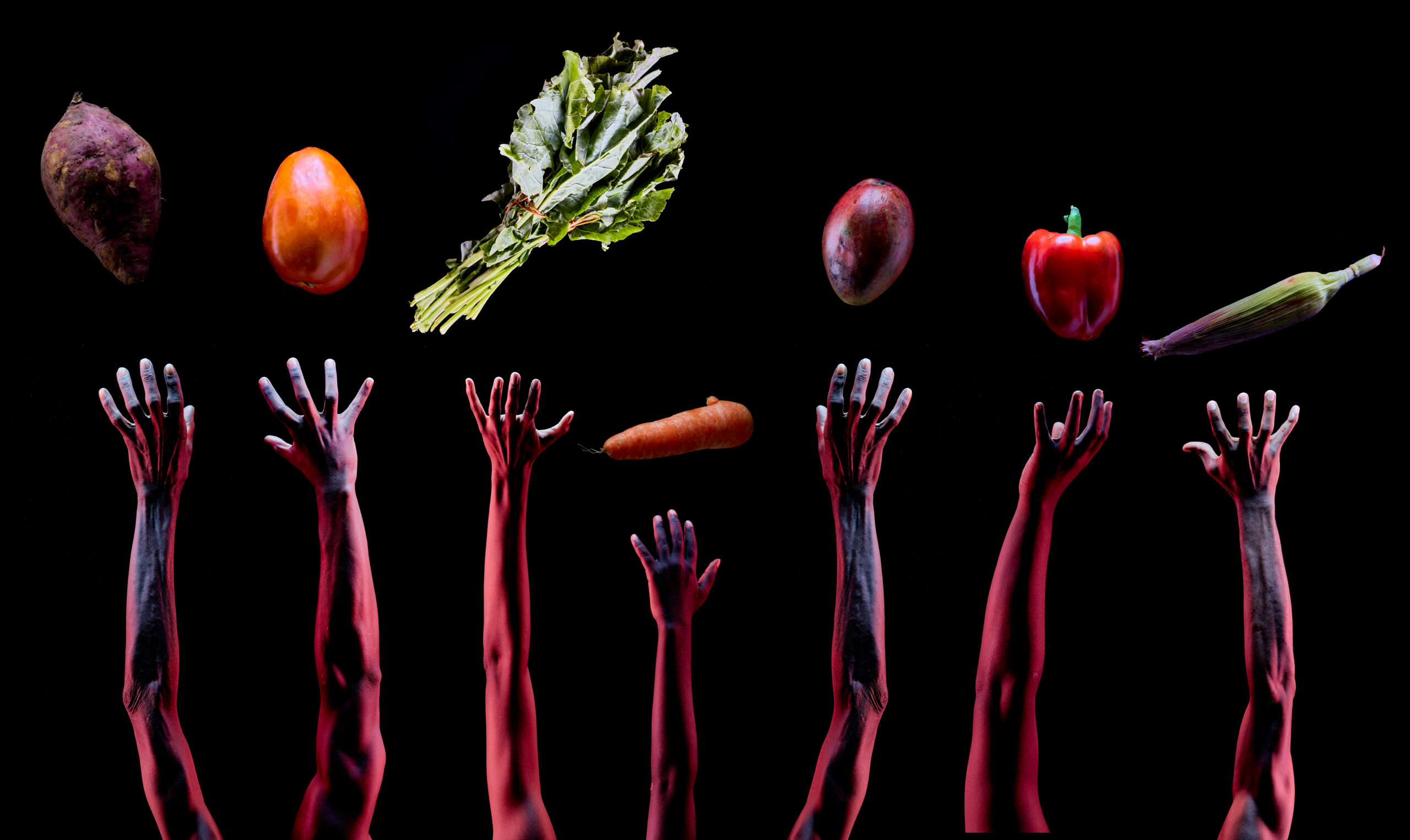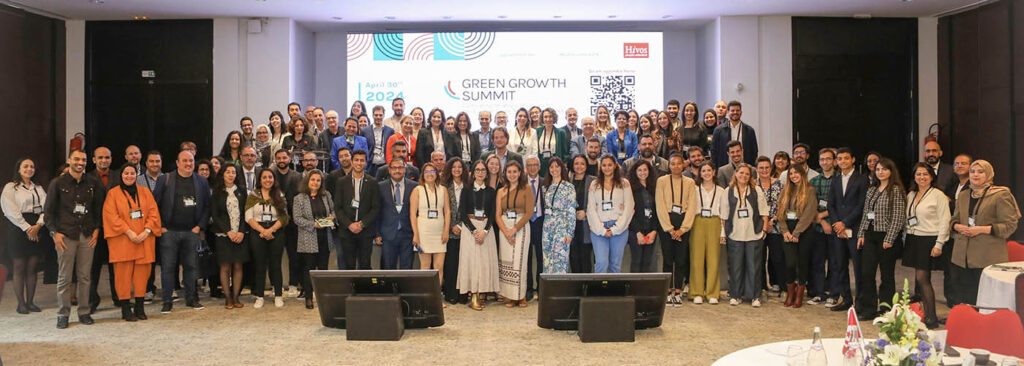The World Bank in 2015 confirmed Kenya as a lower middle income country, a leap from the least developed countries cluster. This follows largely the changes in the size of the economy notably a 25 per cent domestic growth and the rise in the country’s Gross National Income per capita. While income based measures like the ones used by the World Bank paint a country progressing towards upper middle income, the intermittent food insecurity brings the progress to disrepute. It should be noted that food security is one of the measures to show for the levels of a country’s development and in effect the Sustainable Development Goals and the Millennium Development Goals that preceded the latter have specific goals and targets on the attainment of food and nutrition security for all. As FAO states, food security exists when all people, at all times, have physical, social and economic access to sufficient, safe and nutritious food which meets their dietary needs and food preferences for an active and healthy life. Food insecurity exists when people do not have adequate physical, social or economic access to food.
There are several policies, legislation, strategies and programs in Kenya that are geared towards the realization of food and nutrition security. The World Health Organisation Global database on the Implementation of Nutrition Action puts the total at 21 (legislations) for Kenya. Whilst there seems not to be a deficit of laws with an enabling environment, the current food crisis is in fact not the very first of its kind.
A multiplicity of drivers is all too bare to see ranging from climate change to international market systems. Recurring droughts more frequently and more severe in arid and semi-arid areas and consequently increased food prices due to higher input costs is apparent. Over reliance on rainfall as well has had a negative impact on food productivity. In the past, Kenya has faced enduring food crises mostly caused by the long-lasting and periodic droughts. Presently, besides drought, the food crisis is powered by climate change, volatile energy prices and globalization-which has altered the concept of food affordability consumption and production. Hence disadvantaged people are forced to further reduce their food intake, change to less balanced and nutrient diets, consequently negatively affecting their health.
Recommendations
There is need to ensure that food systems contribute to conservation of land resources and biodiversity for sustainable production. This can be through adoption of good agricultural practices, and climate smart technologies. Land degradation and biodiversity loss due to poor farming systems contribute to low agricultural productivity and ultimately food and nutrition insecurity.
Political will beyond the usual rhetoric and ‘politicking’ particularly to increase budgetary allocations to drought prone areas for research, income generating programs and social protection is crucial. Drought prone areas should not live their entire lives dependent on food relief and aid supportive structures and systems need to be put in place that ease movement of food from areas of plenty to areas of scarcity.
Disruptive innovation towards attainment of diets that are: Healthy – nutritionally adequate and safe; fair – affordable and accessible to low income consumers and inclusive of all producers (women, men and youth) who get a fair deal for their labor; green – produced and respectful of biodiversity and ecosystems and diverse – based on existing diversity, adapted for multiple, evolving local circumstances and providing greater resilience.
The income question is a reality we ought to deal with to enable communities and regions prone to drought access food through market purchases. Equal opportunities across the board need to be availed particularly, equity in resource distribution during national planning.
Beyond productivity-food availability, there is need to address the food system question –production and consumption especially in regards to adequate amounts of nutrients required for healthy life. Often when food resources are scarce and means to access nutritious food diminish, people often rely on less-healthy, denser food choices that currently are a key driver of non communicable diseases.
Multi-sectoral approaches to accelerate food production whilst attaining nutrition security should be prioritized. Particularly the ministries of agriculture, environment, health, education and trade to reconcile policies and build consensus on joint actions that harness the multi-sectoral linkages.




